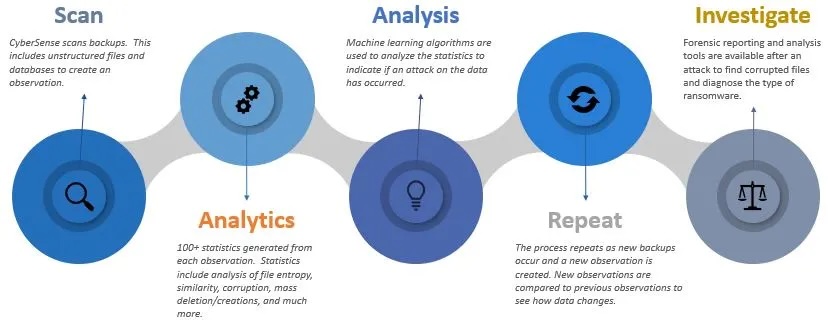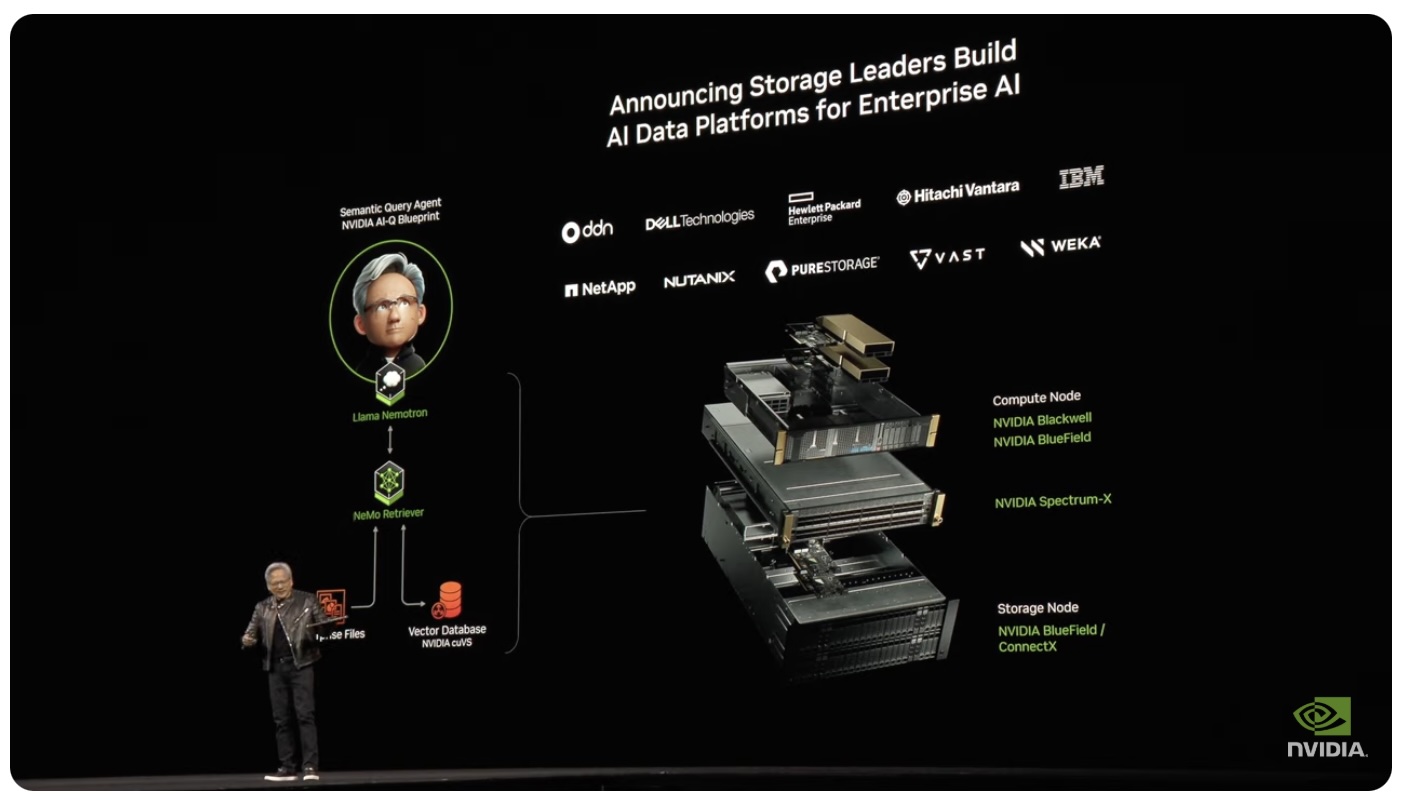Hitachi Vantara this week announced the introduction of its new Virtual Storage Platform One. Let’s look at what was announced.
New: Virtual Storage Platform One
Hitachi’s Virtual Storage Platform One is designed to address the challenges faced by IT leaders who need to scale data and modernize applications across complex, distributed hybrid and multi-cloud infrastructures.
This platform offers a unified architecture, serving as a single hybrid cloud data platform that enables businesses to run various applications on-premises and in the public cloud without the complexities often associated with such environments.
The key features and benefits of Virtual Storage Platform One include:
- Unified Data Plane: The platform provides a common data plane that supports structured and unstructured data in block, file, and object storage. This unified approach simplifies data management and access, regardless of the data type.
- Simplified Workload Management: Virtual Storage Platform One offers one control plane, data fabric, and data plane across block, file, object, cloud, mainframe, and software-defined storage workloads. This simplification streamlines mission-critical workload management.
- Elimination of Silos: By removing infrastructure, data, and application silos, the platform empowers businesses with a trusted data foundation, allowing them to consume data when and where needed. This enhances data accessibility and simplifies data management.
- Enhanced Data Services: Virtual Storage Platform One includes cloud self-service, intelligent workload management, and integrated copy data management. These features enable users to rapidly consume data services, optimize storage pools, and ensure global availability and fault tolerance without impacting performance.
Analysis
The introduction of Virtual Storage Platform One is particularly timely as generative AI, cloud technologies, and the rapid growth of enterprise data drive significant changes in how data is managed. The widespread adoption of hybrid- and multi-cloud infrastructure only complicates these challenges.
Hitachi takes things further than competing solutions by also embracing mainframe data. This will be a welcome addition for the enterprises that are already the company’s bread-and-butter.
The unified architecture of Hitachi’s new solution streamlines the management of mission-critical workloads, providing a single control plane, data fabric, and data plane across various workloads, including block, file, object, cloud, mainframe, and software-defined storage. That’s all goodness.





